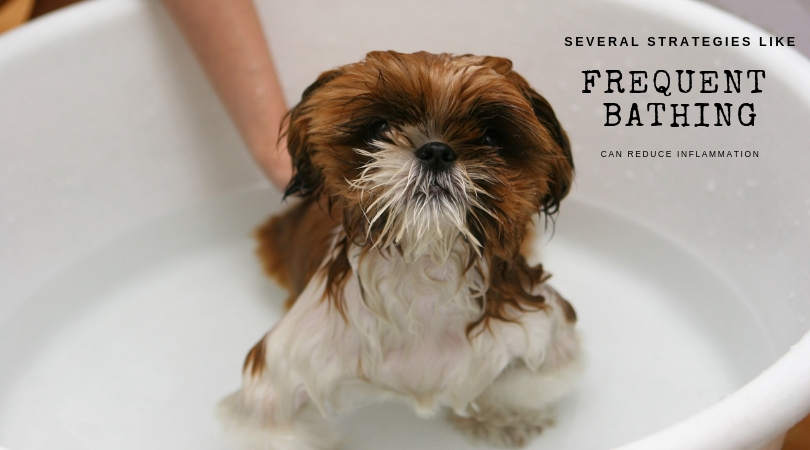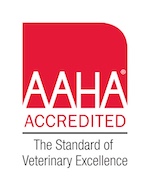Allergies in pets can be just as frustrating and difficult to deal with as allergies in people: what works for one individual may not work for another. All systems of medicine struggle with the treatment of allergies.
Why do Allergies Cause Itching in Dogs and Cats?
Allergy symptoms occur when the inflammation threshold in the body has been surpassed. This is when our pets begin to itch, and it is often referred to as "The Rain Barrel Effect." Inflammation building in the body is like the water level rising in a rain barrel. The water reaching the top and finally spilling over is likened to inflammation finally rising to the level that it can be seen in the form of itching. The primary symptom of inhaled allergies or atopy is foot licking and chewing.
An Integrative Approach can Help Control Inflammation
An integrative approach to allergies and skin disease involves decreasing the overall level of inflammation in the body. When allergy season hits, the level of inflammation is low enough that symptoms never show or are mild enough to control with benign therapy like bathing or supplements.
How do we control overall inflammation? First, we need to be sure that there are not pathogenic or opportunistic microbes growing on the skin that create inflammation and itch. We check for these with skin scrapes, skin cytology, and rarely, skin cultures. Once the organisms are dealt with, we can see how much of the itching is caused by allergies and devise strategies for keeping the infection away. We also utilize targeted biologics that control the cytokine that is responsible for itching. These are much safer then steroids and are pinpoint medications specifically to control the allergy and itch cascade. One is injectable, Cytopoint and one is an oral receptor blocker, Apoquel.

Strategies can also include anti-inflammatory medication. They also often include natural anti-inflammatories like omega-3 fatty acids and fish oil. Frequent bathing or other topical therapies can help reduce the allergy load on the surface of the skin.
The Nutritional Perspective
When approaching inflammation, food is always involved. Even when there is no documented food allergy or sensitivity, it is important to recognize that food plays a role in inflammation. There are very few research backed pet foods and tons of marketed and "boutique" foods that seem like they would be nice. The reality is, science matters.
When a pet is on a non-nutrient dense diet, we immediately recognize the coarse dry coat, the discolorations and the flaking skin. Ask what we know about foods and what research we can provide to help you make a healthy choice for your pet.

In addition to traditional therapies for skin allergies, an integrative approach always involves diet adjustments, supplements, and herbal therapy to regain balance, decrease inflammation, and fortify the body’s natural defenses. Regaining balance is like peeling an onion, unfolding layers to get to the root of the problem. For long-standing skin disease, it can take six to nine months to achieve control and the itch is often the last part to improve, but it is well worth the effort.
Got the itch to talk with our veterinary team? Be sure to contact us.




